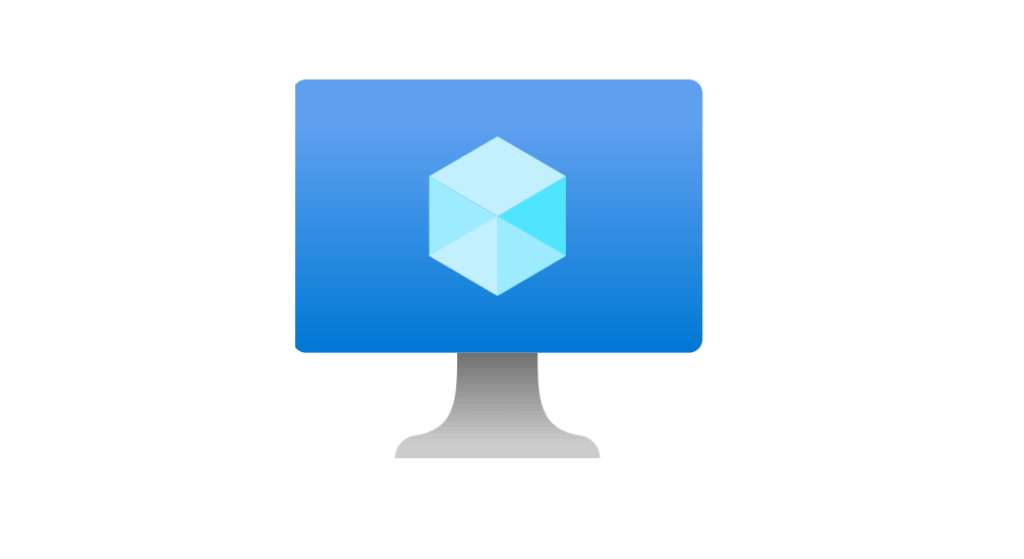Why shift workloads to Azure?

Azure is a cloud platform, created by Microsoft. It offers a variety of products to support modern IT infrastructure including VMs, Storage Accounts, Virtual Networking, and others. For most, the appeal of cloud comes from several factors:
- Allows to easily scale IT environment based on business needs.
- Easier budgeting (Switching cost from capital expenditure to operational expenditure).
- Built-In tools to make system administration easier.
- Eliminates the need to maintenance on-premise server infrastructure.
While working at my MSP, it was our goal to get as many customer on cloud based solutions as possible. Why? Simply put, it lightened the burden on the MSP organization as a whole and gives a holistic solution to our customers. We were no longer chasing customers for Windows licensing costs, hardware vendors support contract renewals, and dealing with environmental factors such as power outages causing an service outage for customers. The first step to doing so is to identify, whether or not a customer is a good candidate to move to cloud.
Should we move to cloud?
Moving to Azure does not necessarily make sense for everyone. There are a few questions that need to be answered before deciding:
- Does this make financial sense? Later in this article, we’ll discuss on how to quote out a cloud environment. Based on that information and other variables, does it make sense to stay on-prem or move to cloud? Which financial approach does your business want to take in terms of IT operations.
- Does the current technology meet the requirements to move to Azure? Some SMB may be ineligible to move due to bottlenecks in their current technology. A big limiting factor that I see often is internet bandwidth. For some, it may make more sense to stay on-premises due to low outbound connection speeds which would make, for example, accessing a file server in the cloud a lot slower than it would be on-prem.
- Are the current business workflows compatible with a cloud workload? When moving to cloud, it is expected that some workflows may change. However for some it might not be the right fit. For example if you have servers that need to be air-gapped/completely offline for compliance reasons, that might be a reason to prevent you from seeking a cloud solution such as Azure.
Azure solutions for SMBs
Azure offers a variety of products that SMBs can utilize. All of them offer different solutions for various aspects of a traditional on-premises environment. You aren’t expected to use all of them, rather you should architect your cloud solution based on what makes sense for the customer’s workloads.
In this next section, we’ll go over some of the most common products you can expect to use in Azure for SMBs. We’ll explore the use cases for all and discuss how to scope out pricing for each product. A good tool to keep in mind for pricing is Azure’s Pricing Calculator.
Azure Virtual Machines

Virtual Machines are the most popular product offered by far. It allows you run a variety of Virtual Machines with Windows/Linux operating systems. You can even run a custom image, such as for a virtual firewall, by deploying the virtual machine from the Azure Marketplace. This solution is best fitted to replace the workload currently being handled by your on-premises virtual machines. Keep in mind there may be other products that would be a better fit to replace your VM, instead of an Azure Virtual Machine. Pricing for Azure Virtual Machines is based on a few factors including OS, VM size, disk sizes, etc. I am personally a big fan of this website (CloudPrice.net) to help me compare pricing between VM sizes.
Azure Virtual Networks (and other networking components)

Azure provides many networking capabilities including Virtual Networks, VPN Gateways, NAT Gateways, Firewall, etc. Using a combination of these can help with configuring how other components in Azure (such as VMs) communicate with each other and out to the internet. Regarding Firewalls, at the moment, it is not a requirement to have a devices that does NAT for a VM without a public IP to talk to the internet (Azure will NAT it to something for you). In the future this may change. Since I am a lot more familiar with industry standard firewalls such as Fortigates, Palo Alto, and Meraki, I prefer to deploy virtual appliances (VMs) to act as my firewall in Azure. You can then use Route Tables to route your virtual network traffic.
Azure Storage Accounts

Storage Accounts are a great product to use for storing data in various formats. The most common use that I see in the SMB space is Azure Files. Azure Files gives you an SMB (Server Message Block) endpoint to connect to, creating a “serverless” SMB share. This can be used to replace a traditional file server (with a few exceptions), used for storing fslogix profiles, etc. The one time that I personally noticed where Azure Files was not a good fit was for dynamic, multi-user applications such as MS Access Databases. Pricing for Storage Accounts depends on what medium you store it on (HDDs or SSDs) how much space and bandwidth you have allocated. I tend to use the Azure Pricing Calculator to estimate my cost for Azure Files and other Azure Storage Account types.
There are a lot of other solutions that we won’t get into for this blog, but I just wanted to highlight some of the key products that you might run into when considering a migration from on-prem to Azure for your business.
Considerations for Migration
When making calculations, specifically for cost, don’t forget the most expensive part of any of the components: TIME. Time of management overhead for on-premise technologies seems like a big oversight for those that are dragging their feet when it comes to migrating to Azure. Time saved is money saved. Azure offers a lot of quality of life features for administrators that can reduce administration time, allow you to focus on a greater vision for your business technology instead of focusing on the day to day tasks.
Azure also offers a lot of tools to make a migration to Azure, easy and seamless:
- Migrate is a tools that allows you to migrate off of Hyper-V and VMware solutions to Azure Cloud with minimal interruptions.
- Data Box is a tool that allows you to physically seed your data to azure through a physical medium (such as an SSD), that then gets upload to Azure by Microsoft.
- If you have any questions about migrating your business to Azure, feel free to reach out: [email protected]. I can help with consulting you on how to best move forward and get you in touch with service providers who can help deliver the end result for the migration you are looking for.